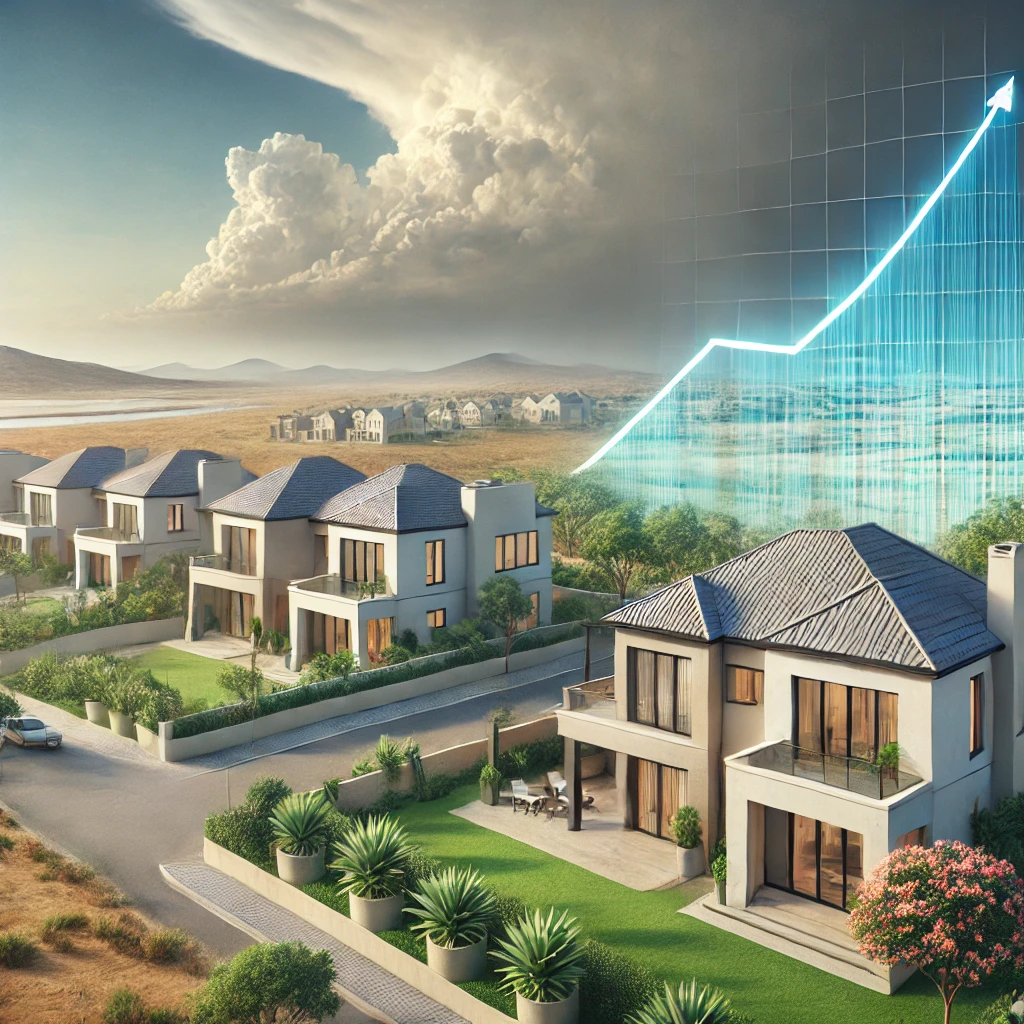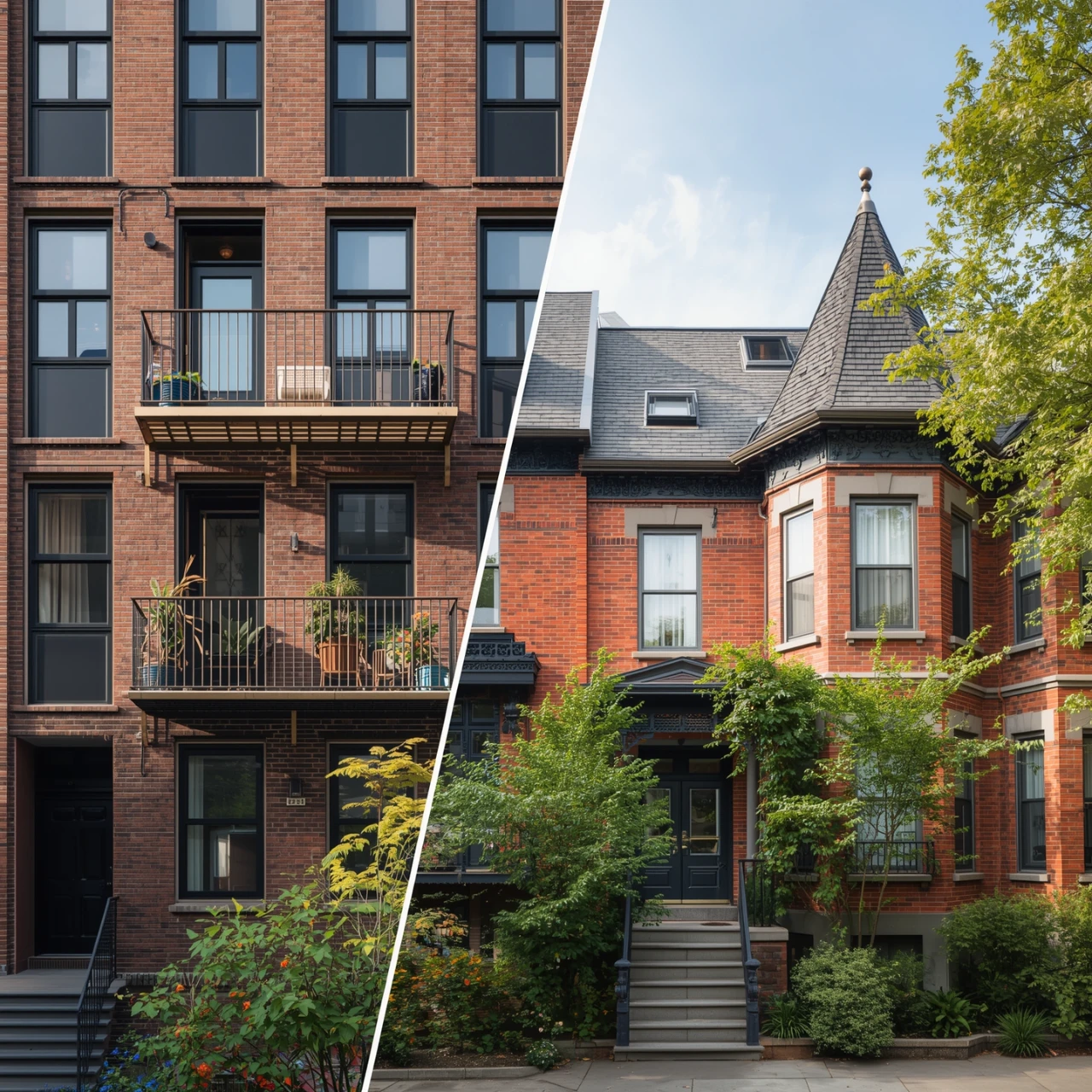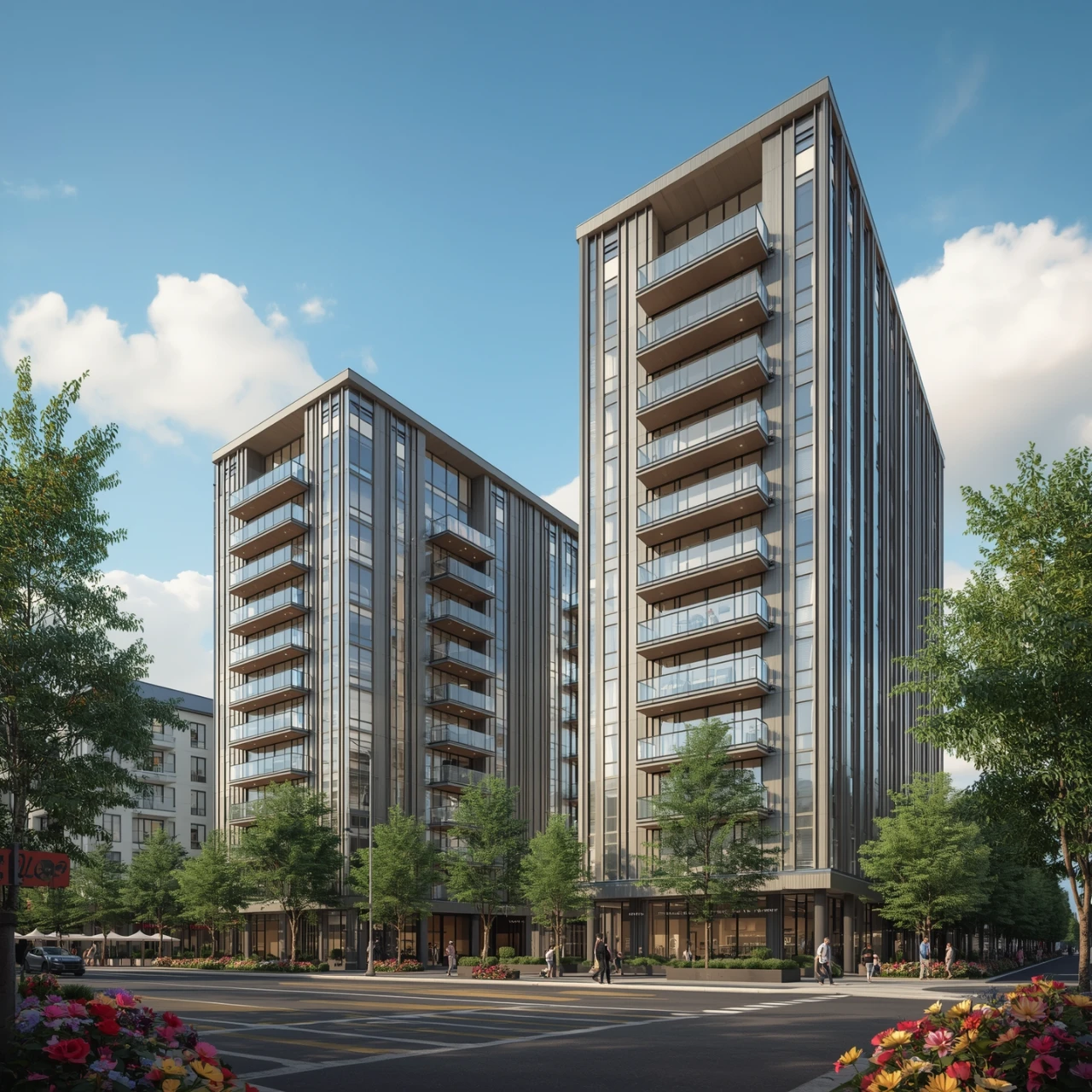House values increase faster in low climate risk areas

The value of houses is increasing faster in low climate risk areas
In the current context of climate change, real estate is a sector increasingly feeling the impact of environmental conditions. Recent observations indicate that the value of houses in areas identified as low climate risk is experiencing accelerated growth. This new trend is attracting the interest of potential buyers and real estate investors looking to maximize their investments while minimizing risks. In this article, we will explore the reasons for this evolution and its impact on the real estate market.
Why are low climate risk areas prized?
Several factors explain why low climate risk areas are becoming more attractive:
- Increased security: Buyers are looking for places where the risks of natural disasters, such as floods, forest fires, or hurricanes, are less likely.
- Sustainable investment: Properties located in low climate risk areas are seen as safer long-term investments, with a lower likelihood of their value dropping due to environmental damage.
- Quality of life: These areas often offer superior quality of life, thanks to cleaner air and more stable environmental conditions.
Recent real estate data
The latest real estate market reports show a significant trend: in many regions, house prices are rising faster in areas considered low climate risk. This trend is supported by statistical data demonstrating a substantial increase in prices in these regions over recent years.
Impact on the real estate market
The increase in prices in these areas has several implications for the market:
- Shift in demand: There is a gradual shift in demand towards low-risk areas, which may lead to a decline in interest for areas deemed high-risk.
- Evolution of investment strategies: Investors are now more likely to include climate risk assessment in their buying criteria.
- Social and economic impact: The amplification of prices can also widen economic disparities, limiting access to property for certain populations.
Conclusion
The rapid increase in house values in low climate risk areas reflects a growing awareness of environmental issues and their long-term impacts. For buyers and investors, this means it is now essential to integrate these considerations into real estate decision-making. Real estate brokers must also adapt to this new reality to best support their clients in this unavoidable market evolution.
For advice tailored to your specific situation, it is recommended to consult Corinne Thouvenin, residential real estate broker serving Saint-Jean-sur-Richelieu, Venise-en-Québec, and Mont Saint-Hilaire. With expertise in sustainability and environmental resilience, she can effectively guide you in your real estate investment projects.
Contact Corinne Thouvenin at (514) 293-2368 or visit her website for more information.








